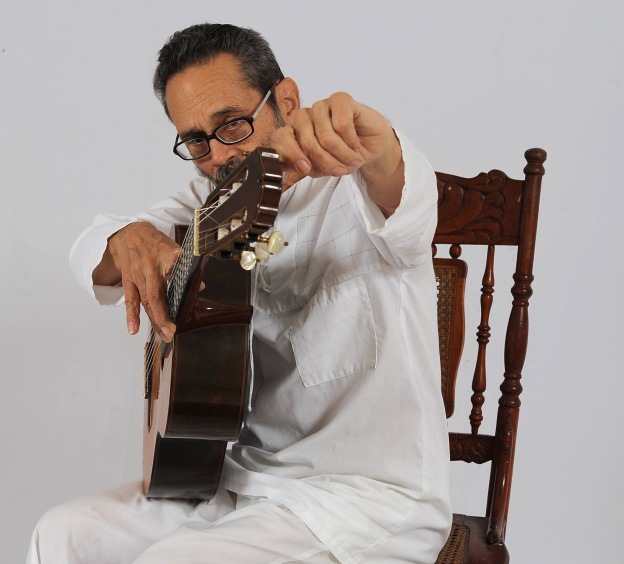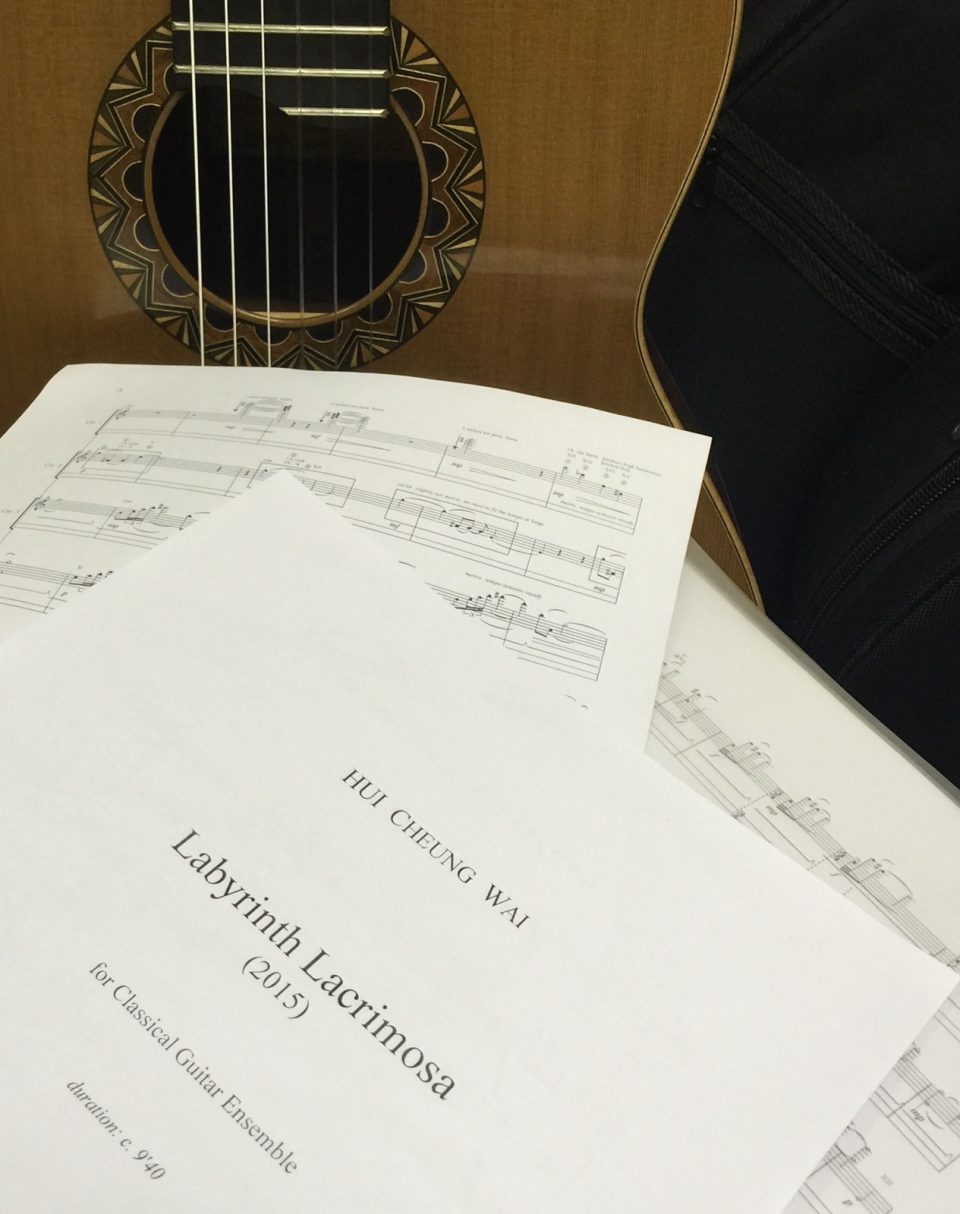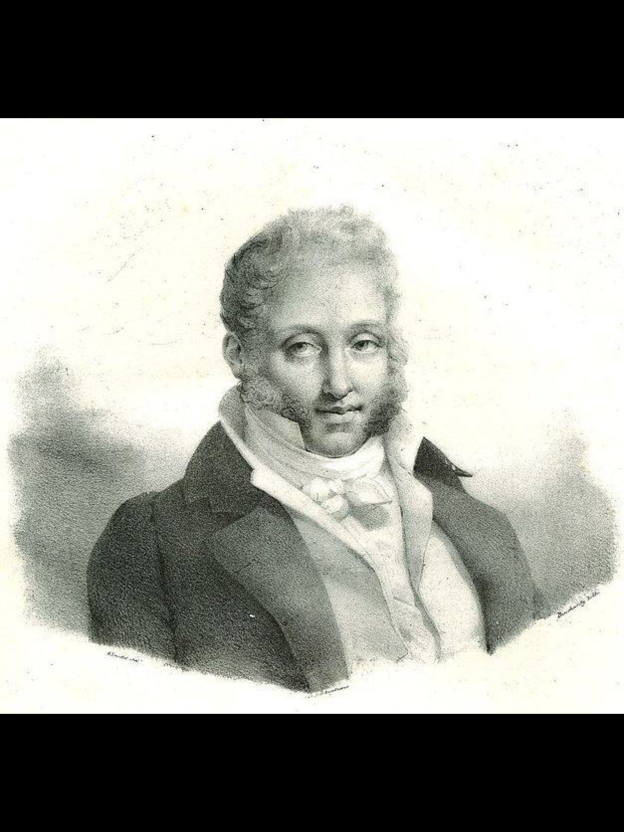
Juan Leovigildo Brouwer Mezquida (born March 1, 1939) is a Cuban composer, conductor, and classical guitarist.
He is the grandson of Cuban composer Ernestina Lecuona y Casado. His great-uncle, Ernesto Lecuona, composed “La Malagueña” and his second cousin, Margarita Lecuona, composed “Babalú”, which was popularized by Cuban musician and actor Desi Arnaz. He is a Member of Honour of the International Music Council.
Brouwer was born in Havana. When he was 13, he began classical guitar with the encouragement of his father, who was an amateur guitarist. His teacher was Isaac Nicola, who was a student of Emilio Pujol, who was himself a student of Tárrega. When he was 17, he performed publicly for the first time and began composing.
Brouwer went to the United States to study music at the Hart College of Music of the University of Hartford, and later at the Juilliard School, where he studied under Vincent Persichetti and took composition classes with Stefan Wolpe.
In 1970 Brouwer played in the premiere of El Cimarrón by Hans Werner Henze in Berlin. Together with Morton Feldman, he was awarded a 1972 scholarship by the DAAD (German Academic Exchange Service) being guest composer and lecturer of Academy of Science and Arts of Berlin. In Germany Brouwer also recorded a number of LPs for Deutsche Grammophon.
In his early compositions, Brouwer remained close to the rhythms of Cuban music, while later he was drawn to aleatoric music. He has written for guitar, piano, and percussion, and has composed orchestral works, ballet, and music for more than one hundred movies. For a guitar competition in Hungary in 1979, he wrote a composition that employed 200 guitarists. He is known for a series of studies called the Etudes Simples. He transcribed Beatles songs for classical guitar and composed music for the movie Like Water for Chocolate.
During the 1960s and 70s, he became interested in the music of modernist composers such as Luigi Nono and Iannis Xenakis, using indeterminacy in works such as Sonograma I. Other works from this period include the guitar pieces Canticum (1968), La Espiral Eterna (1971), Parábola (1973) and Tarantos (1974). More recently, Brouwer’s works have started leaning towards tonality and modality. The solo guitar works El Decamerón Negro (1981for Sharon Isbin) the Sonata (1990; for Julian Bream) and Paisaje cubano con campanas (1986) exemplify this tendency.
He has performed and recorded works by Sylvano Bussotti, Hans Werner Henze, Maurice Ohana, Cristóbal Halffter, Leni Alexander, Cornelius Cardew, Heitor Villa-Lobos, etc.
Brouwer’s playing career ended in the early 1980s due to an injury to a tendon in his right hand middle finger.
He has been a conductor for many symphony orchestras, including the BBC Concert Orchestra, the Berlin Philharmonic, and the Cordoba Symphony in Spain.
Brouwer is involved in the Concurso y Festival Internacional de Guitarra de la Habana (International Guitar Festival of the Havana). He travels often to attend guitar festivals throughout the world, and especially to other Latin American countries.
Brouwer is a member of the Communist Party of Cuba. He has held a number of official posts in Cuba, including the Cinema Institute of Cuba’s music department.





